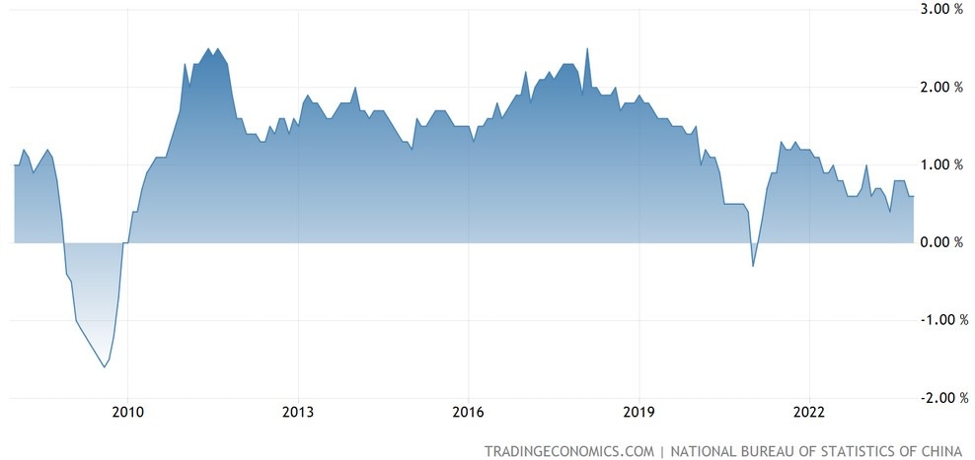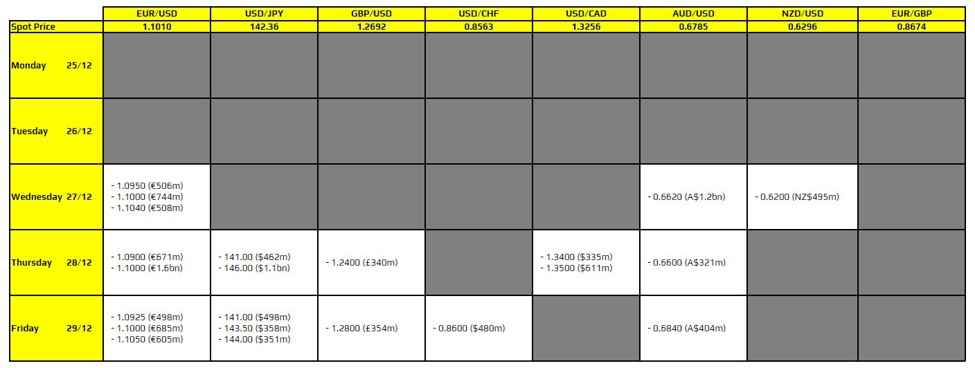USDCHF has trended lower despite diverging inflation data from Switzerland and the U.S.. Swiss CPI came in at -0.1% MoM and 0.4% YoY, while U.S. PPI surprised to the upside at 0.4% MoM and 3.5% YoY. Typically, stronger U.S. inflation data would support a higher USD/CHF, but price action has moved in the opposite direction, driven by technical factors.
The pair initially broke below its 100-hour moving average near 0.9113, along with a swing area between 0.9108 and 0.9115. After fluctuating around the 200-hour moving average (0.90896), another wave of selling pushed the price toward a support zone between 0.9058 and 0.9062, with the day’s low reaching 0.9064. Over the past several hours, USD/CHF has been consolidating in a narrow range between 0.9064 and 0.9084.
With the pair now trading below both the 100-hour and 200-hour moving averages, as well as under the 50% retracement level of the recent move up (0.9081), the bias remains bearish. A break below 0.9058 would strengthen the downside momentum, while a move above the 200-hour moving average is needed to shift bias back toward buyers.
Adding to USD weakness is the decline in U.S. yields, reversing yesterday’s rise. The 10-year yield is now down -8.2 bps, trading at 4.552%, further pressuring the dollar.
USDCHF technicals















